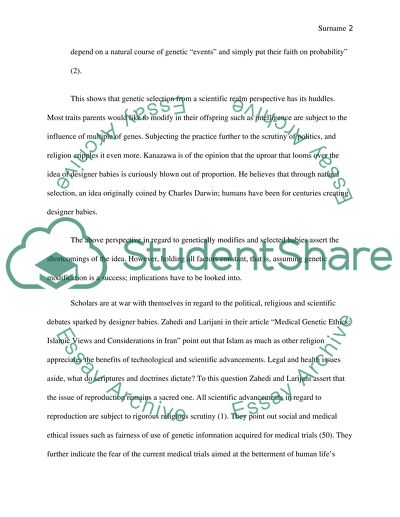Cite this document
(“The scientific origin of designer babies Research Paper”, n.d.)
Retrieved from https://studentshare.org/biology/1449023-the-scientific-origin-of-designer-babies
Retrieved from https://studentshare.org/biology/1449023-the-scientific-origin-of-designer-babies
(The Scientific Origin of Designer Babies Research Paper)
https://studentshare.org/biology/1449023-the-scientific-origin-of-designer-babies.
https://studentshare.org/biology/1449023-the-scientific-origin-of-designer-babies.
“The Scientific Origin of Designer Babies Research Paper”, n.d. https://studentshare.org/biology/1449023-the-scientific-origin-of-designer-babies.


